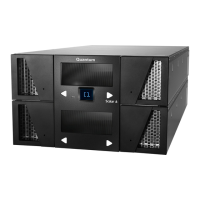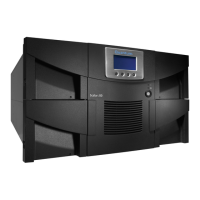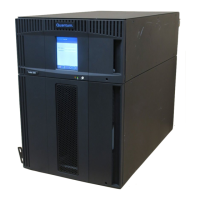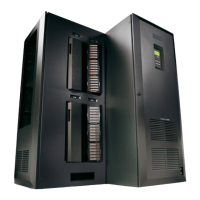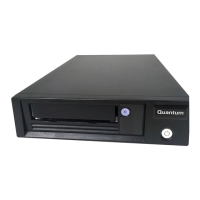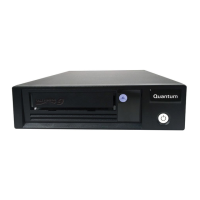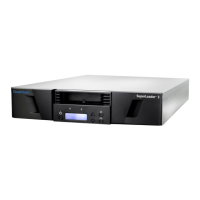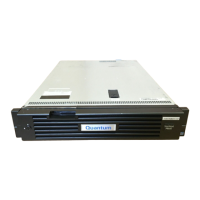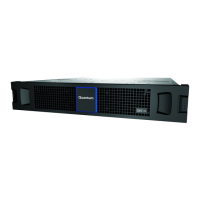Chapter 3: Configuring Your Library
Using LDAP
Quantum Scalar i6000 User’s Guide 241
You can also change the community string from the default.
The library ignores all remotely issued SNMP SET operations
under any circumstance, which means that external applications
cannot register themselves to receive SNMP traps from the
library. However, the Trap Registration dialog box (Setup >
Notifications > Trap Registration) enables you to perform this
registration yourself by entering the necessary IP and port
information. For more information about the Trap Registration
dialog box, see
Registering SNMP Traps on page 233.
3 If you want to apply the changes, but you do not want to close the
dialog box, click Apply. Otherwise, click OK to apply the changes
and close the dialog box.
Using LDAP
Lightweight Directory Access Protocol (LDAP) is the industry standard
Internet protocol that provides centralized user account management.
The library supports LDAP Directory servers based on Microsoft Active
Directory and Novell eDirectory. For information on how to configure
library LDAP settings, see
Configuring LDAP on page 242.
You can configure the Lightweight Directory Access Protocol (LDAP)
settings any time after the initial library configuration. Once you enable
and configure LDAP, you can view your current LDAP settings using the
LDAP menu.
Note: Active Directory no longer requires Windows Services for Unix
2.5.
LDAP Server Guidelines Enabling LDAP allows existing user accounts residing on an LDAP server
to be integrated into the library’s current user account management
subsystem. User account information is centralized and shared by
different applications, simplifying user account management tasks. For
more information about local user accounts, see
Creating Local User
Accounts on page 478.
